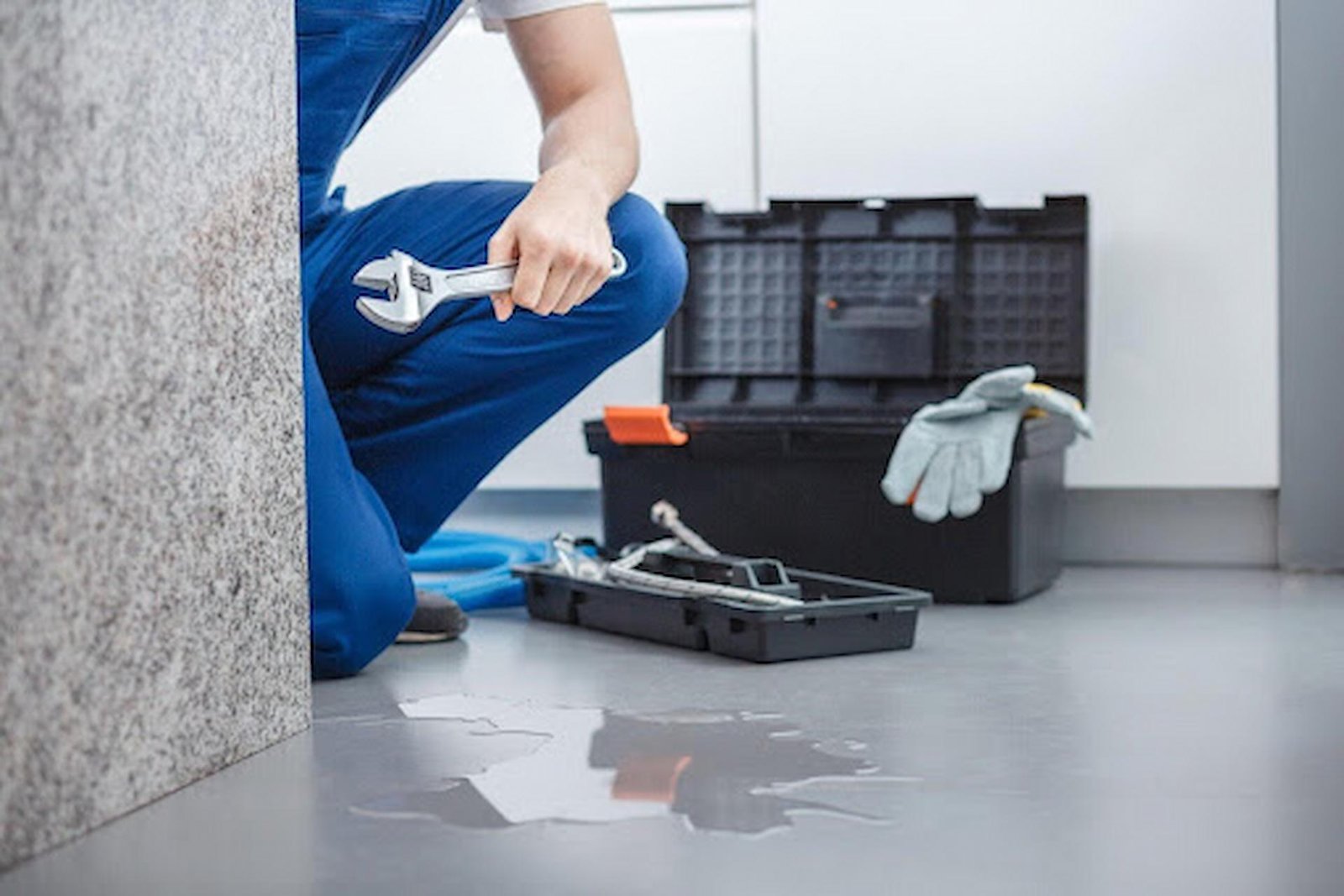Did you know that the sump pumps market is projected to reach $52.3 billion by 2030? This growth shows how important these devices are in protecting homes from flooding.
When water starts building up in your basement, the right sump pump can save you from a major flood. It can turn a big problem into a small one. A sump pump helps protect your home from serious water damage.
There are many types, power levels, and features to consider. This guide will help you choose the right sump pump for your home. Continue reading to learn more.
Understand the Different Types of Sump Pumps
The first step in selecting a sump pump is to understand the types available. Generally, there are two main categories: pedestal and submersible sump pumps.
Pedestal Sump Pumps
Pedestal sump pumps sit above the sump basin. A long pipe reaches down into the water to remove it. This design keeps the motor dry and easy to access.
These pumps are usually less expensive than other types. They are also easier to maintain. The motor stays out of the water, which helps it last longer.
Pedestal pumps work well for homes that don’t need much power. They can pump about 30 gallons per minute. This makes them ideal for light to moderate water issues.
Submersible Sump Pumps
Submersible sump pumps work while fully underwater in the sump basin. They are placed directly in the water. This allows them to operate quietly and efficiently.
These pumps are more powerful than pedestal models. They often move over 50 gallons of water per minute. This makes them ideal for homes with heavy water issues.
Their sealed design protects them from water and debris. However, being submerged can make them harder to maintain. Regular checks help keep them running well.
Check Power Levels and Capacity
Choosing the right sump pump means knowing its power level. Power is measured in horsepower (HP). It shows how well the pump can move water.
Most household pumps range from 1/4 HP to 1 HP. A 1/4 or 1/2 HP pump is enough for normal moisture issues. A 1 HP pump works better for heavy flooding or flood-prone areas.
Also, look at the pump’s capacity. This is shown in gallons per minute (GPM). Make sure the pump can handle the water volume in your space.
Key Features to Look For
Modern sump pumps often come with added features designed to improve performance and reliability. Here are some features to consider:
Automatic Operation
Choose a sump pump that works automatically. It turns on when water reaches a set level. Then it shuts off once the water is removed.
This feature adds extra protection for your home. It reduces the need for manual checks. It also lowers the chance of flooding due to human error.
Backup Pumps
Backup sump pumps are useful during power outages. They run on batteries instead of electricity. This keeps your basement protected when the power goes out.
They are especially helpful in flood-prone areas. Power often fails during storms. A backup pump ensures your system still works when it’s needed most.
Alarm System
Some sump pumps have built-in alarm systems. These alarms sound when water levels get too high. They also alert you if the pump stops working.
This feature adds extra peace of mind. You’ll know right away if there’s a problem. It helps you take action before flooding happens.
Size of the Basement
The size of your basement affects the pump you need. Bigger areas collect more water during heavy rain. This means they need a stronger pump.
Measure your basement before choosing a pump. Knowing the space helps you pick the right capacity. This ensures the pump can handle the water load.
Water Table Level
Knowing your local water table level is important. A high water table means groundwater is closer to your basement. This can cause more frequent water buildup.
Homes in these areas need a stronger sump pump. A powerful pump can handle the extra water. This helps prevent flooding and water damage.
Material and Build Quality
The material of a sump pump plays a big role in its durability. Stronger materials help the pump last longer. This is important for long-term performance.
Cast iron and stainless steel are good options. They handle tough conditions better than plastic models. A solid build keeps your pump working well over time.
Noise Level
Some sump pumps make more noise than others. This can be a problem if the pump is near bedrooms or living spaces. A quieter pump makes your home more comfortable.
Submersible pumps are often the better choice for low noise. They run underwater, which helps reduce sound. Pedestal pumps tend to be louder since their motor is above the basin.
Pricing Considerations
Your budget is an important part of choosing a sump pump. The type and features of the pump affect its cost. Make sure to balance price with performance.
Submersible pumps cost more than pedestal pumps. This is because they are more powerful and complex. Pedestal pumps usually range from $100 to $450, while submersible pumps can cost $150 to $1,500.
Going for the cheapest option may not be best. A quality pump lasts longer and needs fewer repairs. It can save you more money over time.
Installation and Maintenance Considerations
After choosing a sump pump, think about the installation process. Proper setup is key for the pump to work well. Many homeowners in Tinley Park hire professionals to handle this task.
Maintenance is also very important. Clean the sump pit and check the pump regularly. Testing the pump every few months helps keep it running smoothly.
Look at the warranty and service options before buying. These can help with future repairs or replacements. A good warranty gives extra peace of mind.
If you live in Illinois, consider checking the sump pump installation in Tinley Park. They offer professional help to ensure your system works properly. Expert installation can prevent problems later on.
Protecting Your Home from Flooding
Choosing the right sump pump starts with knowing your needs. Look at the different types, power levels, and features available. This helps you find the best fit for your home.
A good sump pump protects your basement from flooding. It also helps keep your property safe and dry. For the best results, get professional help with installation and maintenance.
Did you find this blog post helpful? If so, check out our articles on a range of topics to keep you informed.





